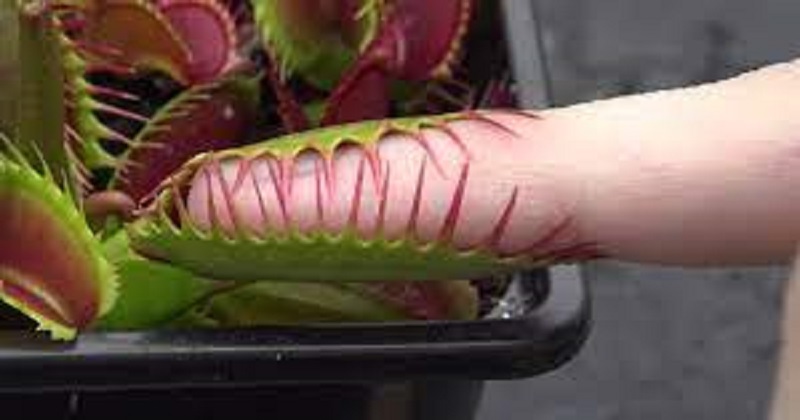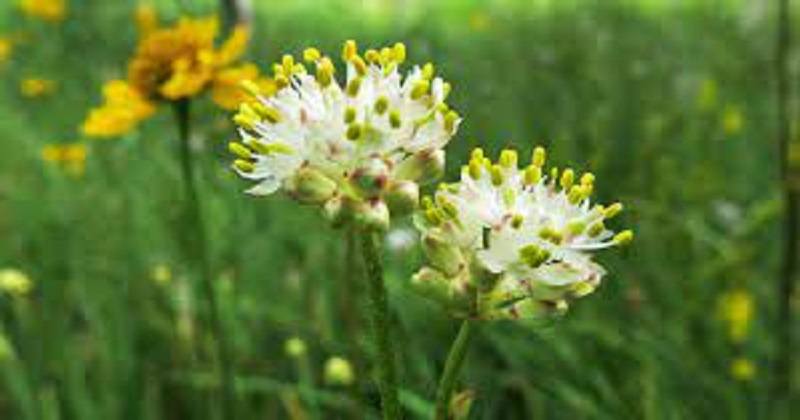
Recently, scientists discovered a carnivorous flower in North American wetlands. Triantha occidentalis, the ‘False Asphodel’, receives most of its nutrients from eating insects. The plant is found across North America – from the warm, fuzzy beaches of California to the snow-capped mountains of Alaska – thanks to its green stalks and white flowers.
Researchers were unaware until now that the flower depends on other organisms to survive. Perhaps that is why it has survived a variety of climatic conditions. As reported by National Geographic, Qianshi Lin discovered the carnivorous flower with the help of a classmate at the University of British Columbia who suggested that the flower’s stalks resemble sticky traps plants use to isolate insects.

After that, Lin became curious about how plants feed themselves. Scientists identified the plant over 100 years ago, but are just now discovering how it survives. The ‘False Asphodel’ isolates and digests small insects, which in turn contribute to nitrogen-a, the plant’s basic nutrient. Scientists were unsure how plants evolved into carnivorous species until now. The surprising diet of such plants is attributed to 11 evolutionary processes across several species. A 12th process that makes plants carnivorous has been identified using ‘false asphodel’.

In the same way as most carnivorous plants, ‘false asphodels’ use sticky and colored hairs to trap insects. After this, enzymes are released to digest the insects, allowing the plants to absorb small animals. In addition, asphodels have a very short growing season. Once the snow has melted, they usually sprout in May, followed by their flowering season in June and July. In autumn, most asphodels produce seeds and wither away. Most carnivorous plants grow in areas that are extremely sunny and low in nutrient availability. For plants to support meat-eating structures, they need a reliable mechanism for generating energy. Due to its complexity, only 0.2 percent of flowering plants are carnivorous.
Read more: Indiscipline: Wrestling Federation suspends Indian wrestler after Tokyo Olympics campaign
How does this plant differ from others? According to Lin, the plant was mistaken for ordinary due to its tiny hairs that sprout only on the stalks of the flowers, a characteristic that sets it apart from other meat-eating plants. This study, published in Proceedings of the National Academy of Sciences on August 9, 2021, reveals that flies and tiny ants make up a large portion of this plant’s diet.

Post Your Comments